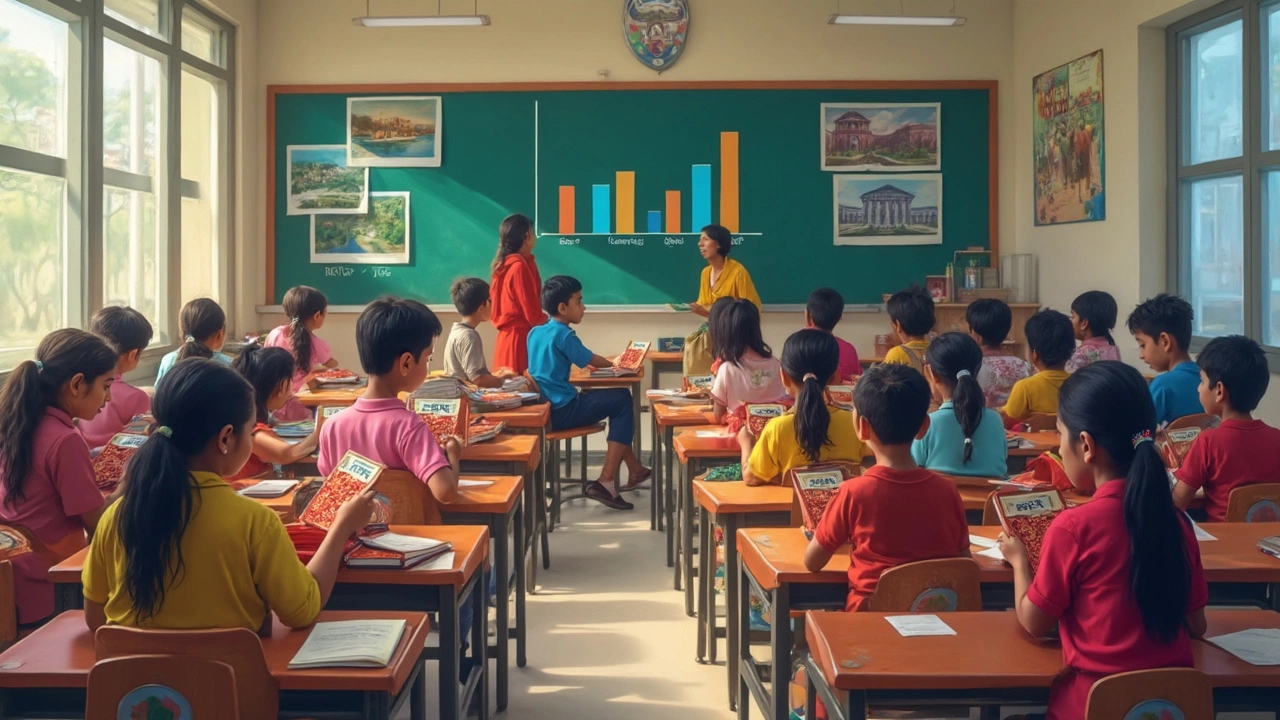Syllabus Comparison: How Curricula Stack Up in India, Dubai and Beyond
When working with syllabus comparison, a side‑by‑side look at two or more curricula to spot differences in topics, depth, and assessment style. Also known as curriculum mapping, it helps students, parents, and educators decide which program fits best.
syllabus comparison isn’t just a buzzword – it’s a practical tool that lets you answer three big questions. First, what subjects are covered and how deep they go (the content attribute). Second, how the exams are structured and weighted (the assessment attribute). Third, what pathways open up after school (the outcome attribute). For example, by looking at the CBSE syllabus, India’s national school program covering math, science, languages and more you’ll see a strong emphasis on uniform standards and national board exams. In contrast, the Dubai curriculum, The UAE’s version of CBSE aligned with local standards and cultural context adds regional language requirements and different grading patterns. When you line these up, you get a clear semantic triple: syllabus comparison encompasses curriculum mapping. Another triple emerges: syllabus comparison requires understanding of exam patterns. And a third: international curriculum influences local board difficulty. By breaking down these connections, you can instantly see where a student might need extra support, where costs could spike, or which board offers smoother university entry.
Why Understanding Board Exam Difficulty Matters
Board exam difficulty is a related entity that often drives parents to start a comparison in the first place. The board exam difficulty, the level of challenge presented by national or international school examinations, measured through pass rates and syllabus breadth varies wildly between systems. India's CBSE is known for a rigorous math and science focus, while Dubai’s version may balance that with regional subjects, slightly easing the pressure. Knowing this helps you answer another triple: syllabus comparison influences study planning. It also tells you whether a student should prioritize time‑management skills or subject‑specific tutoring. The articles below dive into these nuances – from cost breakdowns to teacher quality – so you can pick the right path without guessing.
Below you’ll find a curated list of posts that walk through real‑world examples of syllabus comparison. Each article tackles a specific angle – whether it’s the cost of Dubai education versus India, the toughest board exams worldwide, or how to choose the right CBSE school. Use them as a checklist to match your situation, and you’ll have a solid road map for making an informed decision.
This article digs into which educational board is the world's most popular, focusing on the CBSE syllabus. You'll discover why parents, students, and schools gravitate toward certain boards, and how CBSE compares with others like ICSE and international options. Learn what makes a board truly popular, what trends are shaping this choice, and handy tips for making the best pick for your education or your kid's. Real stats, surprising facts, and practical advice await inside. It's everything you wondered about global school boards, finally explained.
View More
